Table of content
Introduction
Stir-frying is a beloved cooking technique across the globe, prized for its ability to lock in flavors, textures, and nutrients. However, even seasoned cooks often encounter a perplexing phenomenon during the process: the sudden appearance of foam. This frothy, bubbly substance can rise unexpectedly, leaving home chefs wondering if they’ve made a mistake or if their dish is ruined. But fear not—foaming during stir-frying is a common occurrence rooted in scientific principles. This article delves into the chemistry and physics behind this culinary quirk, explores practical solutions to manage it, and offers expert tips to elevate your stir-frying game.
Why Does Foam Form During Stir-Frying?
Foam is essentially a collection of gas bubbles trapped in a liquid or semi-liquid matrix. In the context of stir-frying, several factors contribute to its formation. Understanding these mechanisms is the first step toward mastering foam control.
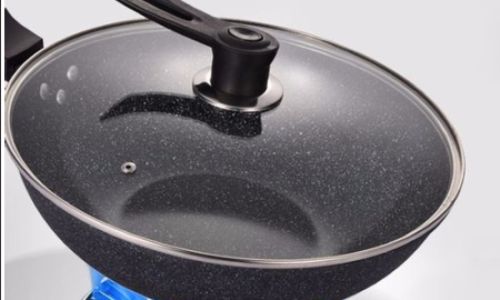
Protein Denaturation
Proteins are the building blocks of life, and they play a starring role in stir-frying. When ingredients like meat, tofu, or seafood are exposed to high heat, their proteins undergo denaturation—a process where their three-dimensional structures unravel. This unfolding exposes hydrophobic (water-repelling) regions of the protein molecules, which then bond with each other and with water molecules. As these proteins aggregate, they trap air and moisture, creating a network that forms bubbles. The result? Foam.
Example: When frying ground meat, such as beef or pork, the tiny particles release proteins that coagulate rapidly, leading to visible foam. Similarly, tofu’s soy proteins denature quickly, especially if the oil is not hot enough.
Starch Gelatinization
Starchy ingredients like potatoes, rice, or cornstarch-coated meats also contribute to foaming. When heated, starches absorb water and swell, a process called gelatinization. This creates a viscous, glue-like substance that stabilizes air bubbles. The high heat of stir-frying accelerates gelatinization, turning starches into foam-enhancing agents.
Example: Adding diced potatoes to a hot wok can lead to frothy bubbles as their starches release into the oil.
Moisture Evaporation
Water is the enemy of crispy stir-fries—and a friend to foam. Ingredients like vegetables, meats, or even marinades contain moisture that vaporizes when heated. As steam rises, it carries tiny water droplets into the oil, creating bubbles. If the oil’s temperature is too low, these bubbles linger and accumulate, forming foam.
Example: Stir-frying leafy greens like spinach often results in foam due to their high water content.
Oil Quality and Temperature
The type and condition of your cooking oil matter. Oils with lower smoke points (e.g., olive oil) break down faster at high temperatures, releasing free fatty acids that lower surface tension and stabilize foam. Additionally, using old or contaminated oil can exacerbate foaming, as impurities act as nucleation sites for bubbles.

Example: Reusing oil multiple times without straining it introduces food particles that promote foaming.
Agitation and Mixing
Stir-frying requires constant motion to prevent burning. However, aggressive stirring or tossing introduces air into the oil, which gets trapped by proteins and starches. This mechanical action amplifies foam production.
Example: Overzealous flipping of ingredients in a wok can lead to excessive frothing.
How to Minimize or Control Foaming
While foam is harmless (and often edible), excessive bubbling can make stir-frying messy, reduce cooking efficiency, or alter textures. Here’s how to tame it:
Pre-Dry Ingredients
Pat meats, tofu, or vegetables dry with paper towels before frying. Removing surface moisture reduces steam production and minimizes bubble formation.
Tip: For high-moisture veggies like mushrooms, salt them lightly 10 minutes prior to draw out excess water.
Use the Right Oil
Opt for oils with high smoke points, such as peanut, grapeseed, or avocado oil. These withstand high heat without breaking down, reducing foam-stabilizing free fatty acids.

Pro Tip: Avoid butter or extra-virgin olive oil for deep stir-fries; reserve them for low-heat sautéing.
Heat the Oil Properly
A properly heated wok (350–375°F/175–190°C) sears ingredients instantly, sealing in juices and minimizing moisture release. Test oil readiness by flicking water—if it sizzles and evaporates immediately, you’re good to go.
Caution: Overheating oil beyond its smoke point can cause dangerous splatters and off-flavors.
Add Ingredients Strategically
Start with dense, dry ingredients (e.g., carrots, bell peppers) before adding wetter ones (e.g., zucchini, tofu). This staggered approach prevents a sudden surge in moisture.
Example: When making mapo tofu, fry the meat and aromatics first, then add the tofu last.
Use Anti-Foaming Agents
A pinch of cornstarch or rice flour added to marinades can coat proteins and starches, reducing their ability to trap air. Alternatively, a dash of vinegar or lemon juice lowers the pH, destabilizing bubbles.
Science Corner: Acidic ingredients disrupt the electrostatic bonds between proteins, preventing excessive aggregation.
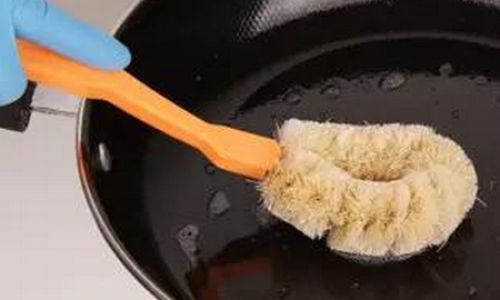
Skim or Strain Foam
If foam persists, use a spoon to gently skim it off. For oils reused multiple times, strain through a fine mesh or cheesecloth to remove impurities.
Sustainability Hack: Store used oil in the freezer; fat solids will solidify, making straining easier.
Adjust Cooking Techniques
- Deep-Frying vs. Pan-Frying: Deeper oil reduces surface agitation, while shallow frying increases foam risk.
- Cover the Wok: Trapping steam can accelerate cooking but may worsen foaming. Experiment to find balance.
Culinary Applications: When Foam Is Desirable
While foam is often seen as a nuisance, chefs sometimes harness it intentionally. In modernist cuisine, foam adds aesthetic appeal and creamy textures. For example:
- Aerated Sauces: Blending olive oil with lecithin creates a light, frothy topping for dishes.
- Culinary Foams: Whipped aquafaba (chickpea liquid) mimics meringue in vegan desserts.
Even in traditional stir-fries, a thin layer of foam can indicate proper protein coagulation—a sign of flavorful Maillard browning.
The Role of Ingredients in Foam Formation
Not all stir-fries foam equally. The composition of your ingredients dictates foam volume:
| Ingredient Type | Foaming Potential | Reason |
|---|---|---|
| Meat | High | Proteins denature and trap moisture. |
| Tofu | High | Soy proteins and high water content. |
| Starches | Medium | Gelatinization stabilizes bubbles. |
| Leafy Greens | Medium | High moisture evaporates rapidly. |
| Aromatics | Low | Minimal protein/starch content. |
Advanced Science: The Physics of Foam Stability
Foam stability hinges on three factors:
- Surface Tension: Lower surface tension (e.g., from detergents or impurities) allows bubbles to form more easily.
- Viscosity: Thicker liquids (e.g., starch-thickened sauces) slow bubble drainage, prolonging foam life.
- Marangoni Effect: Temperature gradients cause bubbles to move, merging and collapsing.
In stir-frying, the interplay of these forces determines whether foam dissipates quickly or lingers.
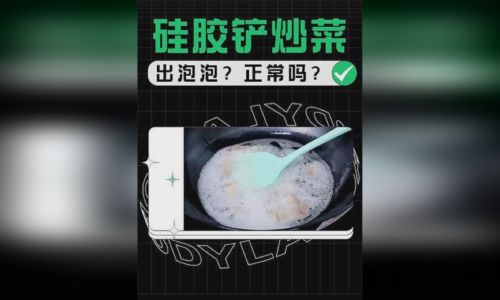
Troubleshooting Common Foaming Issues
| Problem | Solution |
|---|---|
| Oily, persistent foam | Change oil; ensure proper heating. |
| Foam with burnt smell | Lower heat; avoid overcrowding the pan. |
| Foam in clear broths | Skim regularly; simmer gently. |
| Foam in fried rice | Use day-old rice (drier); stir less vigorously. |
Cultural Perspectives on Foam
Different cuisines view foam through varying lenses:
- Chinese Cuisine: Foam in stir-fries is often tolerated or skimmed, but in soups like egg drop soup, it’s embraced for texture.
- French Technique: Consommés are clarified to eliminate impurities, including foam.
- Japanese Dashimaki Tamago: A delicate omelet where controlled foaming creates a fluffy texture.
Health and Safety Considerations
Is foam safe to eat? Generally, yes—it’s mostly air, water, and proteins. However:
- Avoid Inhaling Foam: Steam trapped in foam can burn respiratory passages.
- Check Oil Quality: Rancid oil foam may contain harmful free radicals.
- Fire Hazards: Excessive foam can overflow and ignite if near open flames.
Conclusion: Embrace the Bubbles
Foaming during stir-frying is a fascinating interplay of chemistry and technique. While it may seem inconvenient, understanding its causes empowers you to control—or even celebrate—it. By selecting the right ingredients, mastering heat management, and embracing strategic tweaks, you’ll transform foam from a foe into a fleeting companion on your culinary journey. So next time your wok froths up, smile, adjust your spatula, and keep cooking. After all, even the bubbliest dishes are just a stir away from perfection.
Final Tip: Experiment with different oils, temperatures, and ingredients to find your foam “sweet spot.” Happy stir-frying!

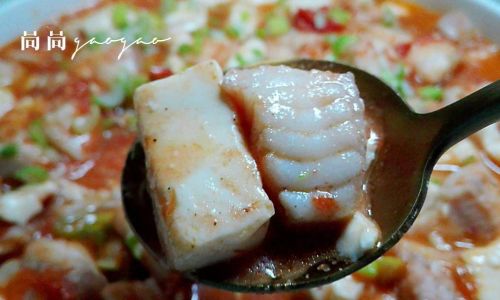
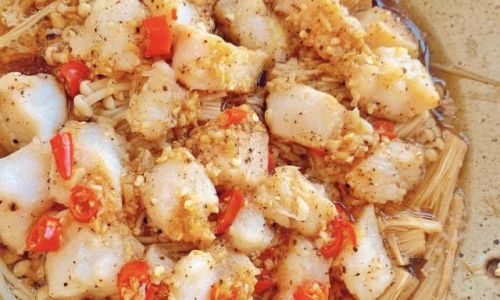


0 comments